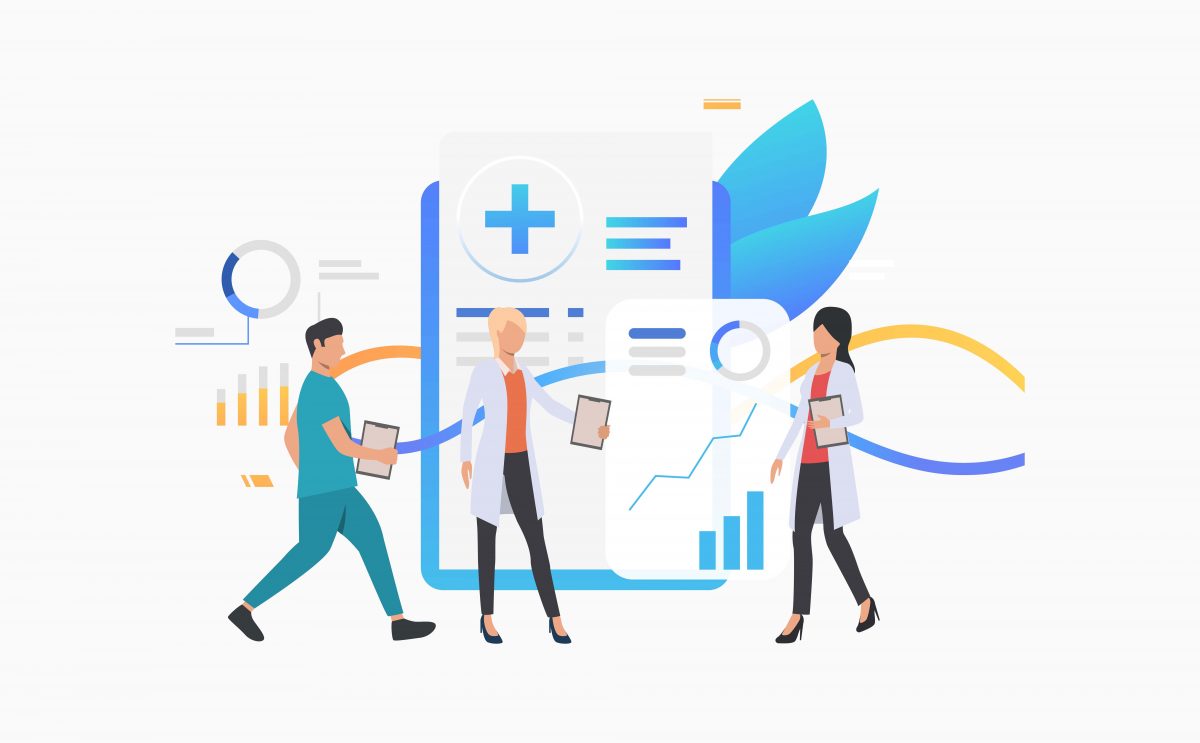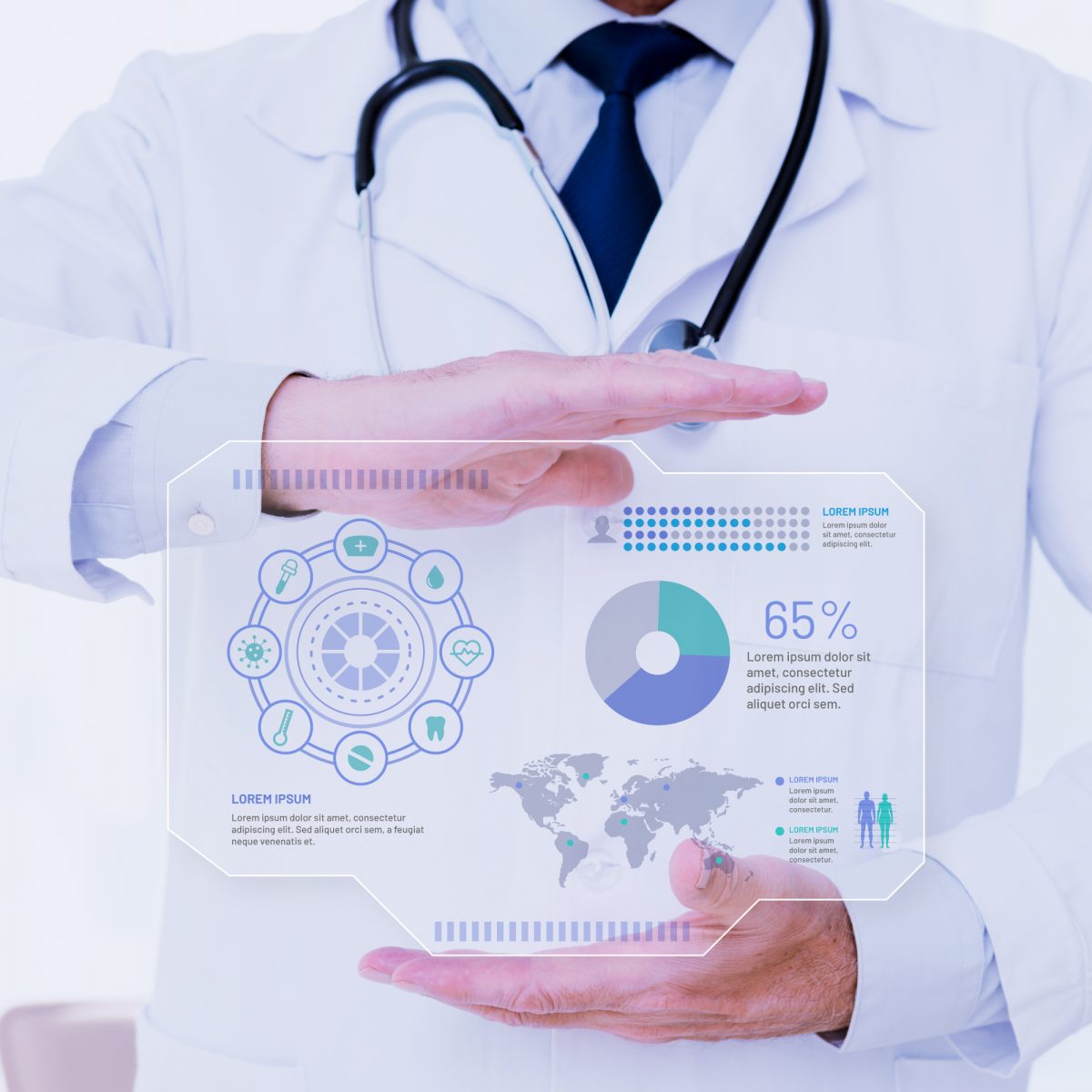In the ever-evolving world of healthcare, patient safety stands as a towering priority for all healthcare professionals. Ensuring patients receive not only effective but also safe care is a responsibility that every provider carries. This commitment, however, is accompanied by several challenges. From minor mishaps in a clinic setting to major complications in surgeries, the medical field is fraught with potential risks. Enter the invaluable role of risk management tools in healthcare. These tools, designed meticulously to monitor, evaluate, and address potential hazards, act as the linchpin in enhancing patient safety. Through this post, we’ll delve deep into how these tools can become an integral part of your healthcare practice, ensuring you offer the best, and safest, care possible.
Risk Management Software in Healthcare: What it is and why it matters
Every healthcare setting, be it a bustling hospital or a quiet clinic, encounters risks that can compromise patient safety. Recognizing these risks is the first step towards addressing them. Risk management tools in healthcare are systematic approaches or software solutions designed to identify, assess, and strategize around potential threats. These tools range from simple checklists to advanced software that monitors patient data and flags anomalies.
Why do these tools matter so much? In essence, they provide a structured method to predict and prevent potential harm. Instead of merely reacting to adverse events after they occur, these tools equip healthcare providers to proactively identify and mitigate risks. This not only bolsters the trust patients place in their providers but also substantially reduces the costs associated with rectifying preventable mistakes.
Tapping into Data: How Analytics Drive Safer Care
When we think of risk management tools in healthcare, one of the most potent resources we have is data. Every patient interaction, every diagnosis, and every treatment prescribed contributes to a vast pool of information. By tapping into this data, healthcare providers can gain invaluable insights into patterns and trends that might indicate a potential risk.
For example, by analyzing data from patient records, a hospital might identify that a specific drug has been leading to an increased rate of allergic reactions. Armed with this information, they can then take proactive measures such as updating guidelines, training staff, or even removing the drug from their formulary.
Analytics-driven risk management doesn’t just stop at identifying problems; it can also suggest solutions. Predictive analytics, for instance, might reveal that patients with a particular health condition are more susceptible to post-operative infections. Knowing this, healthcare providers can preemptively introduce stricter post-op care guidelines for these patients.
Enhancing Communication: Streamlining Processes and Building Trust
A significant portion of patient safety concerns can be traced back to communication issues. Whether it’s a miscommunication between healthcare providers or between a provider and a patient, the implications can be severe. Enterprise Risk management tools in healthcare play a pivotal role in bridging these communication gaps.
Through structured communication tools, healthcare teams can ensure that every member is on the same page. This might mean having standardized forms for patient handovers or implementing software that offers real-time updates on a patient’s status.
Furthermore, transparent communication with patients is just as crucial. When patients are informed about their care, they become active participants in their health journey. This collaborative approach can significantly minimize risks, as patients can voice concerns, ask questions, and provide critical information that might not have been captured otherwise.
Monitoring and Feedback: The Power of Continuous Improvement
One of the core aspects of risk management is not just identifying and mitigating risks but also continuously monitoring the effectiveness of implemented strategies. Many risk management tools in healthcare come equipped with monitoring functionalities that allow healthcare institutions to keep a close eye on how their strategies are performing.
Beyond just monitoring, these tools also facilitate feedback. By collecting feedback from both healthcare professionals and patients, institutions can gain a more holistic view of where their strategies might be lacking and where they excel. This feedback loop ensures that the risk management process is dynamic and ever-evolving, always ready to address new challenges and adapt to changing circumstances.
Conclusion
Patient safety is a core pillar of healthcare, a commitment that every provider must uphold. In today’s complex medical environment, the use of risk management software in healthcare provide a structured approach to identifying, assessing, and mitigating risks, ensuring that patients receive the safest care possible. From tapping into the vast pools of data and enhancing communication to providing continuous training and facilitating feedback, these tools cover a broad spectrum of strategies aimed at bolstering patient safety. By integrating these tools and approaches, healthcare professionals can truly make a marked difference, offering care that is not just effective but also secure and trustworthy. The pursuit of a safer healthcare environment is a continuous one, but with the right tools in hand, it’s a goal well within reach.
Read More:








